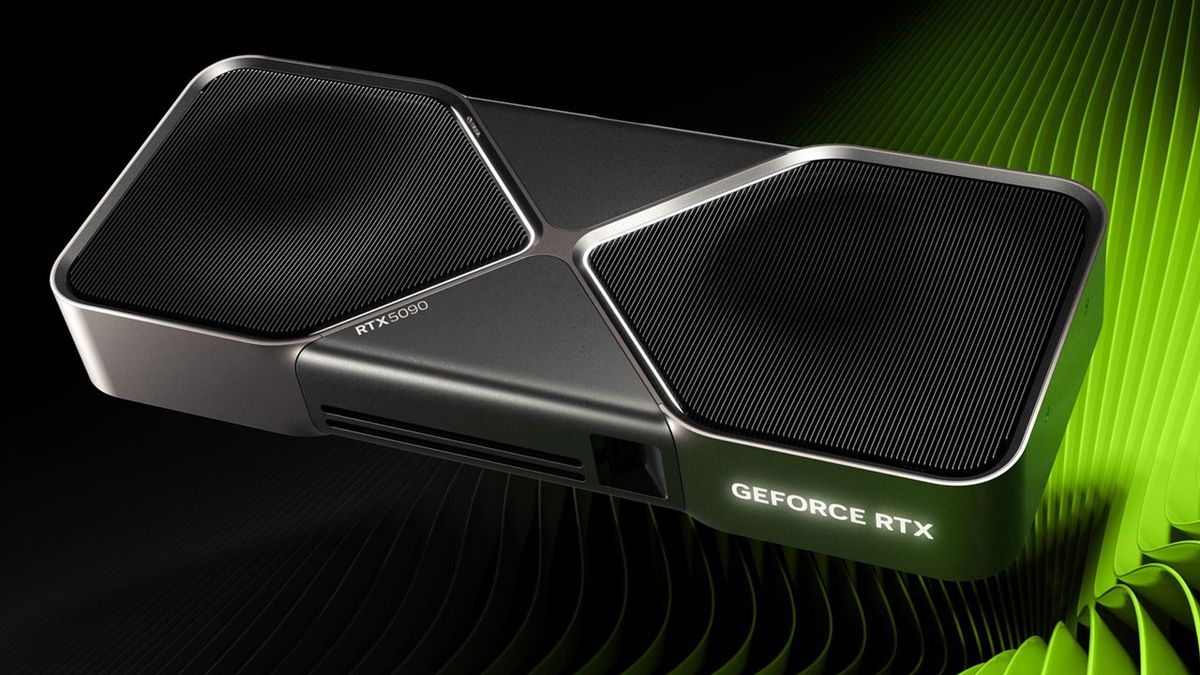Nvidia Adjusts RTX 5090D AI Performance to Comply with US Export Regulations

Nvidia has reduced the AI performance of its RTX 5090D model by nearly 23% to align with US export restrictions, while maintaining similar specifications to the global version.
In the ever-evolving landscape of artificial intelligence and computer graphics, Nvidia's recent decision to cut the AI performance of its RTX 5090D model by approximately 23% stands out. This adjustment highlights the balancing act tech companies must perform to comply with international regulations while still delivering high-performance products. As tensions arise over technology exports, it's crucial for companies like Nvidia to navigate these laws meticulously, particularly in markets like China where demand for advanced AI capabilities remains high.
The RTX 5090D, which shares many similarities with its worldwide counterpart, has been altered specifically to meet US export guidelines. This notable reduction in AI TOPS (Tera Operations Per Second) performance ensures that the product adheres to the stringent measures set forth by the authorities, reflecting an increased scrutiny on technology sharing between the US and foreign markets. Such regulations are particularly targeted at sensitive areas like AI development, aiming to limit the dissemination of advanced technologies to nations viewed as potential competitors.
As Nvidia adapts its products to meet legal requirements, the implications ripple across the tech industry. Other manufacturers may soon find themselves facing similar regulatory hurdles, prompting them to rethink their product strategies to avoid sanctions and maintain competitive parity. Furthermore, with AI applications becoming increasingly critical in multiple sectors—ranging from gaming to enterprise solutions—companies must not only focus on compliance but also on how to innovate within these constraints. As the market responds, the emphasis on balancing performance with regulatory adherence will likely shape the future of GPU technology and its applications significantly.
In conclusion, Nvidia's strategic adjustments to the RTX 5090D serve as a microcosm of the broader challenges faced by tech companies worldwide, highlighting the ongoing tension between innovation and compliance. As export regulations continue to evolve, staying ahead of compliance while pushing technological boundaries will be vital for sustaining leadership in an increasingly competitive landscape.



